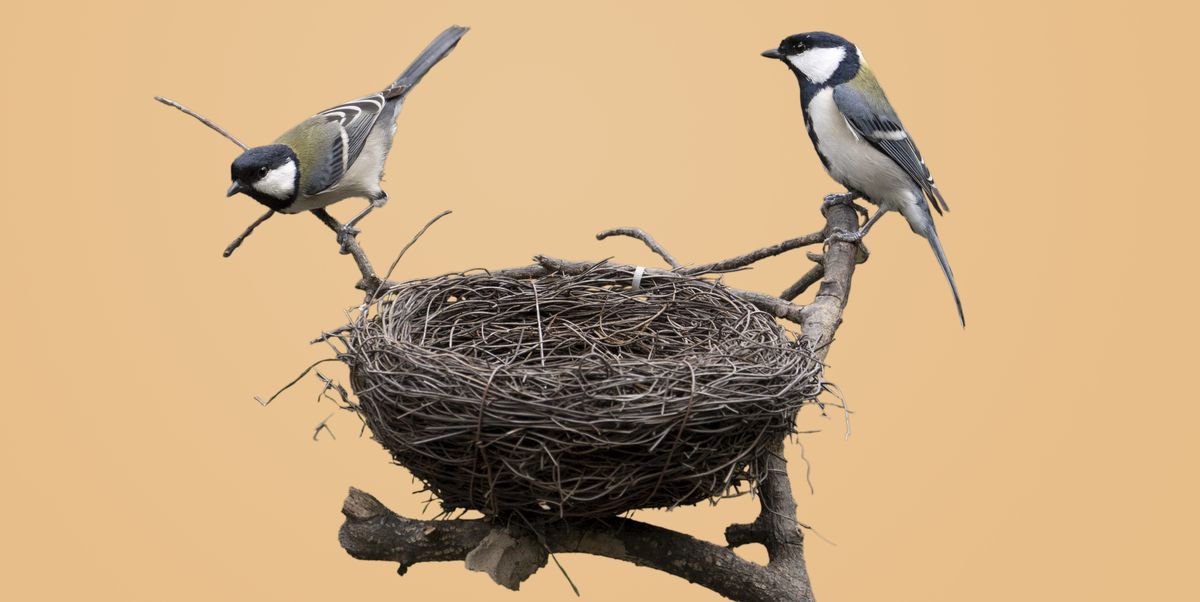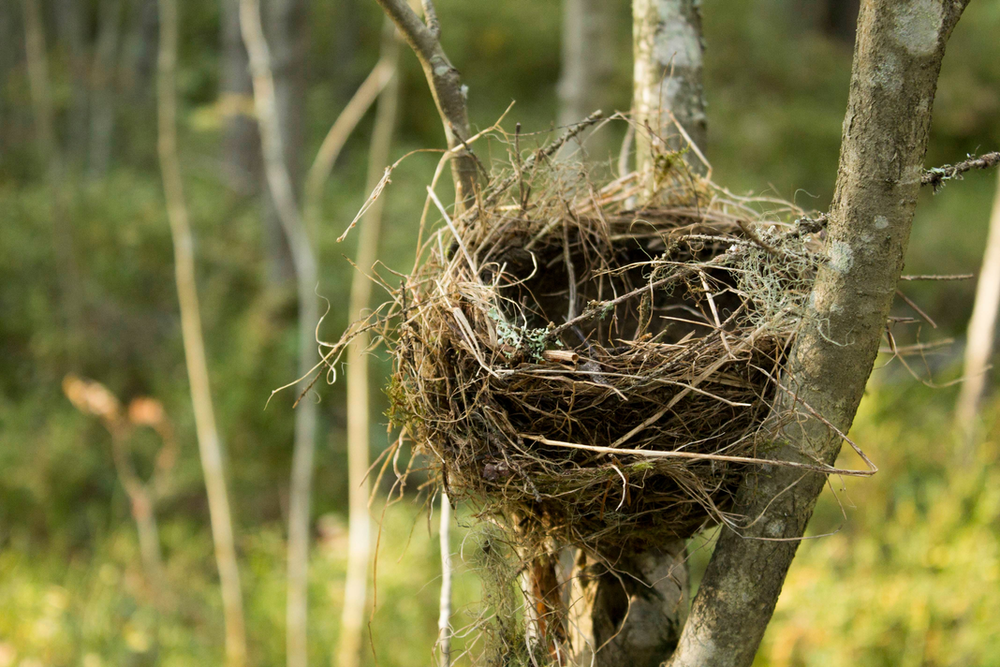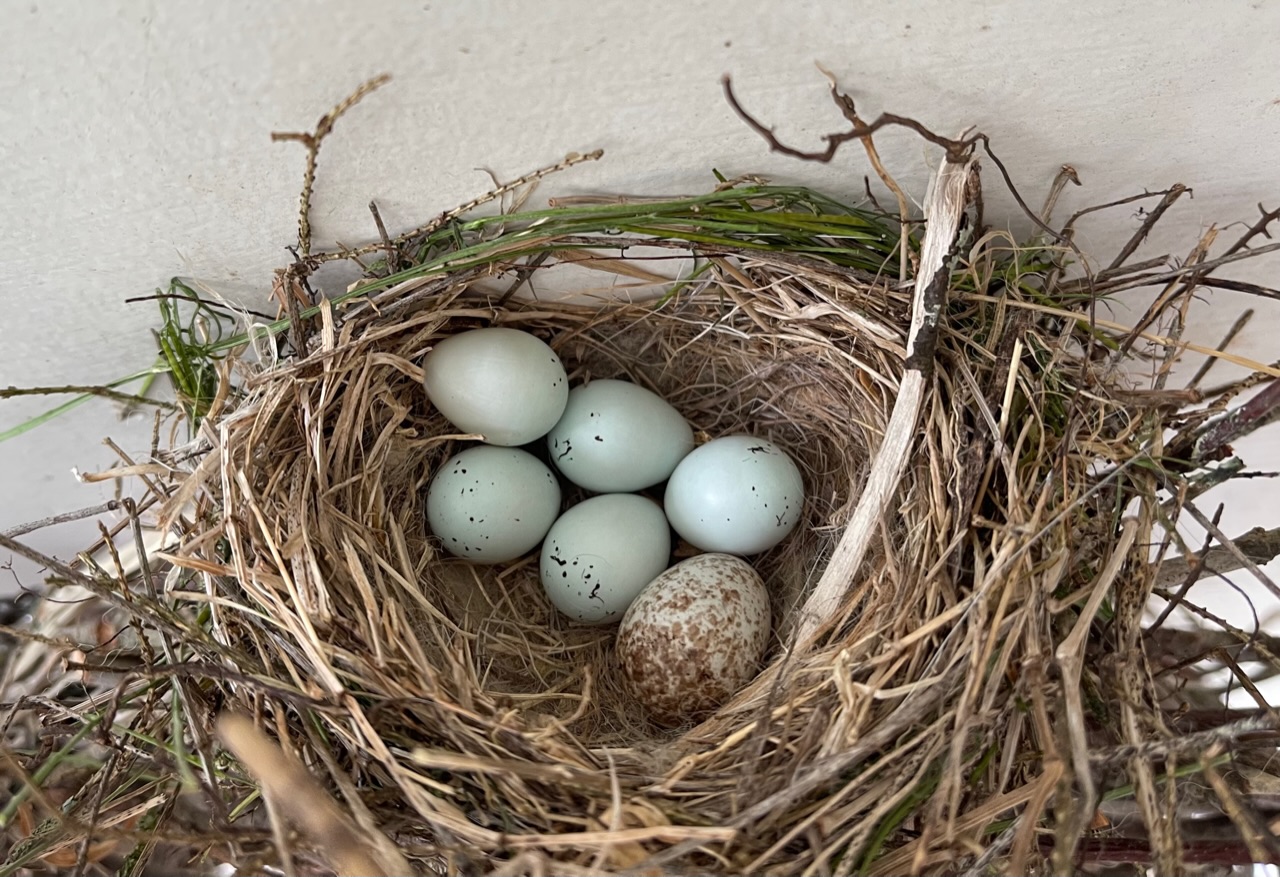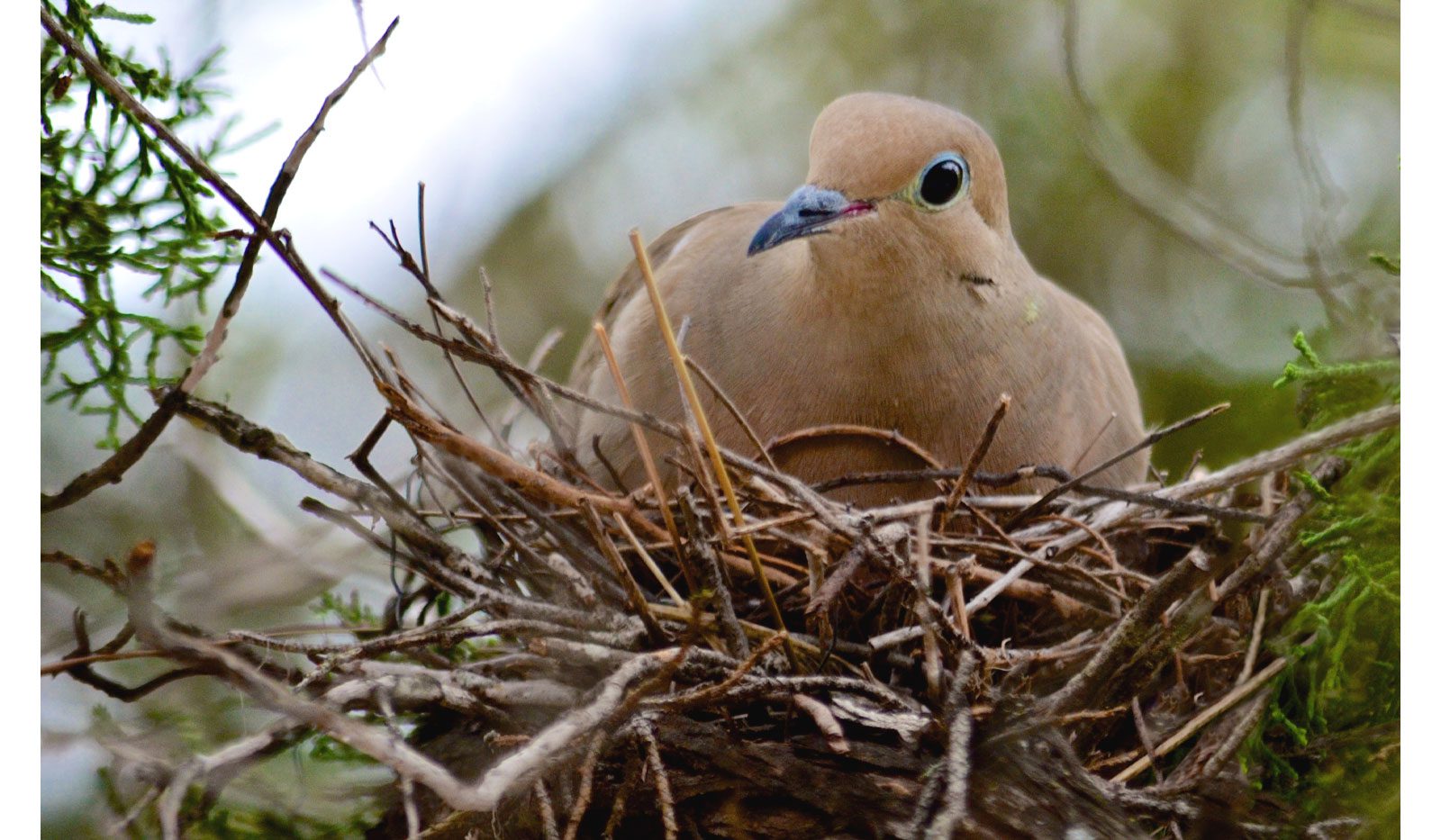




In the realm of nature’s wonders, few spectacles captivate the senses quite like observing a bird in its nest. These intricate structures, delicately woven from nature’s finest materials, serve as cradles for developing chicks, offering a glimpse into the intimate world of avian reproduction and parental care. As we witness the tender care and dedication exhibited by parent birds, we gain a profound appreciation for the delicate balance of life that sustains our planet’s diverse ecosystems.
II. The Significance of Bird Nests
Bird nests are more than mere architectural marvels; they represent the very essence of avian reproduction and survival. These intricate structures provide a safe haven for eggs to incubate and chicks to hatch, shielding them from the elements and predators until they are ready to face the wider world. The construction of a bird nest is a testament to the ingenuity and adaptability of nature, as different species employ a remarkable variety of materials and techniques to create their homes. From the intricate mud sculptures of swallows to the woven masterpieces of orioles, each nest reflects the unique nesting habits and habitat preferences of its avian architects.
Beyond their role in reproduction, bird nests play a vital role in maintaining the delicate balance of ecosystems. By providing shelter and protection for vulnerable offspring, bird nests contribute to the survival of bird populations, ensuring the continued presence of these feathered pollinators, seed dispersers, and insect controllers. The success of each nesting cycle ripples through the ecosystem, influencing food chains, plant regeneration, and overall biodiversity.
III. Observing a Bird in Its Nest: A Window into Nature’s Wonders
Stepping into a woodland clearing or venturing into a backyard garden, we may encounter a sight that stirs the soul: a bird nestled in its carefully constructed nest. This moment of observation, if approached with patience and respect, offers a profound connection to the natural world, allowing us to witness the intricacies of avian life up close. As we observe the parent birds tending to their eggs or feeding their chicks, we gain a deeper understanding of the parental bond and the dedication required to raise offspring in the wild.
Observing bird nests requires a sense of tranquility and an appreciation for the delicate balance of nature. Patience is paramount, as birds are often wary of human presence. Maintaining a respectful distance allows us to observe their natural behaviors without causing disturbance or distress. By approaching bird nests with mindfulness and a spirit of curiosity, we can unlock a world of wonder and gain a deeper appreciation for the intricate tapestry of life that surrounds us.
IV. The Process of Nest Building
The construction of a bird nest is a remarkable feat of engineering, showcasing the ingenuity and adaptability of nature’s avian architects. The process begins with site selection, as parent birds carefully assess potential locations, considering factors such as proximity to food sources, protection from predators, and suitability for their nesting style. Once a suitable site is chosen, the gathering of materials commences. Birds may utilize a variety of resources, from twigs, leaves, and grasses to mud, moss, and even animal fur. The specific materials employed vary widely among species, reflecting their unique nesting habits and habitat preferences.
The construction phase itself is a testament to the birds’ dexterity and dedication. Using their beaks and feet, they meticulously arrange and weave the gathered materials, shaping the nest into a cup-like structure or a more elaborate platform, depending on the species. The interior of the nest is often lined with softer materials, such as feathers or down, providing a warm and comfortable bed for the eggs and chicks.
V. Egg Laying and Incubation
The laying of eggs is a momentous occasion in the life of a bird, marking the culmination of courtship, mating, and nest construction. Each egg, carefully laid one at a time, represents a potential life, filled with the promise of new beginnings. The number of eggs per clutch varies widely among species, ranging from a single egg in some cases to as many as 18 or more in others.
Once the clutch is complete, the crucial task of incubation begins. Both parent birds, sharing the responsibility, take turns keeping the eggs warm and protected, ensuring that the developing embryos receive the necessary temperature and humidity to thrive. Incubation periods vary among species, typically lasting from a few days to several weeks. During this time, the parent birds remain vigilant, guarding the nest from predators and maintaining a stable environment for their developing offspring.
VI. Hatching and Chick Care
The moment of hatching is a symphony of tiny cracks and triumphant chirps as chicks emerge from their eggs, their eyes blinking open to a world of light and sound. The parent birds eagerly await this moment, ready to provide nourishment and care for their newly hatched chicks. The chicks, initially helpless and covered in down, rely heavily on their parents for food, warmth, and protection.
Parent birds tirelessly feed their chicks, regurgitating insects, worms, and other food sources to provide the energy they need to grow and develop. This constant feeding demands a remarkable workload, with parent birds making frequent trips to and from the nest throughout the day. As the chicks mature, they become increasingly mobile, venturing out onto the edges of the nest and exercising their newly developed wings. Consequently, this process prepares them for their impending first flights.
VII. Nestling Development and Fledging
The days spent in the nest are a time of rapid growth and development for chicks. Furthermore, feathers sprout, replacing their downy covering, and muscles strengthen in preparation for their first flight. During this period, chicks learn essential survival skills, with parent birds acting as trainers, demonstrating techniques for food acquisition and predator avoidance. Additionally, communication skills are honed through vocalizations and visual cues, equipping the chicks with the tools they need to navigate the complexities of their environment.
The culmination of this growth period is fledging, the momentous occasion when young birds take their first flight. Fledglings, though capable of short bursts of flight, are often clumsy and require continued parental guidance during the initial days after leaving the nest. Parent birds continue to provide food and offer crucial support as the fledglings refine their flight skills and learn to fend for themselves.
VIII. The Fate of Bird Nests
The bustling activity in a bird nest eventually gives way to a quiet stillness as the chicks successfully fledge and leave their home behind. The purpose served, the nest is often abandoned, becoming a silent testament to the successful completion of a breeding cycle. However, these seemingly abandoned nests are not always discarded. In some species, such as robins or blue jays, they may be refurbished and reused for subsequent broods in the same season.
Sadly, bird nests face a variety of threats in the modern world. Habitat loss due to deforestation and urbanization destroys nesting sites, displacing birds and jeopardizing their reproductive success. Predators, both natural and human-introduced, can raid nests, stealing eggs or preying on vulnerable chicks. Additionally, human activities like gardening, mowing, or construction work can inadvertently disturb nests, leading to abandonment or chick mortality.
IX. Observing Bird Nests: Ethical Considerations
The opportunity to observe a bird tending to its nest is a privilege, but it comes with a responsibility to respect the privacy and well-being of the birds. Approaching nests too closely or lingering for extended periods can disrupt nesting behavior and cause undue stress. Loud noises or sudden movements can frighten parent birds, potentially causing them to abandon their eggs or chicks.
Responsible bird observation requires maintaining a safe distance and minimizing disturbance. Utilizing binoculars or telephoto lenses allows us to observe nests from afar, minimizing our impact on the birds’ natural behavior. Additionally, limiting our time near the nest avoids putting unnecessary stress on the parent birds or exposing them to potential predators drawn to human activity.
X. A Celebration of Nature’s Wonders
By observing bird nests, we gain a deeper appreciation for the intricate tapestry of life that sustains our planet. Additionally, the dedication, resilience, and ingenuity of birds in building their nests and raising their young serve as a constant reminder of the beauty and wonder of the natural world. Recognizing the importance of bird nests compels us to become stewards of the environment, working to protect habitats and ensure the continued success of these remarkable creatures.
XI. Call to Action
Our fascination with birds and their nests extends beyond mere observation. We can become active participants in ensuring their continued survival. Supporting organizations dedicated to bird conservation, such as Audubon Society or The Nature Conservancy, provides vital resources for habitat protection and research. Educating others about the importance of bird nests and promoting responsible birdwatching practices can foster a broader community of conservation-minded individuals.
Every step we take, from planting native plants that provide food and nesting materials, to creating awareness about the threats faced by birds, contributes to their conservation. Moreover, let our curiosity about birds and their nests inspire us to become active participants in protecting the natural wonders that enrich our lives.


